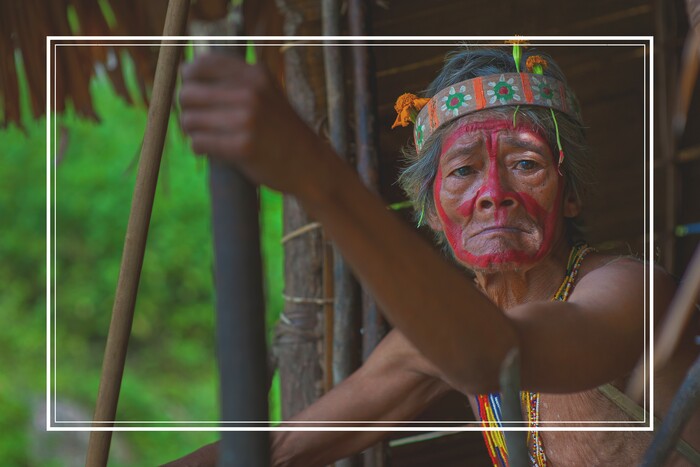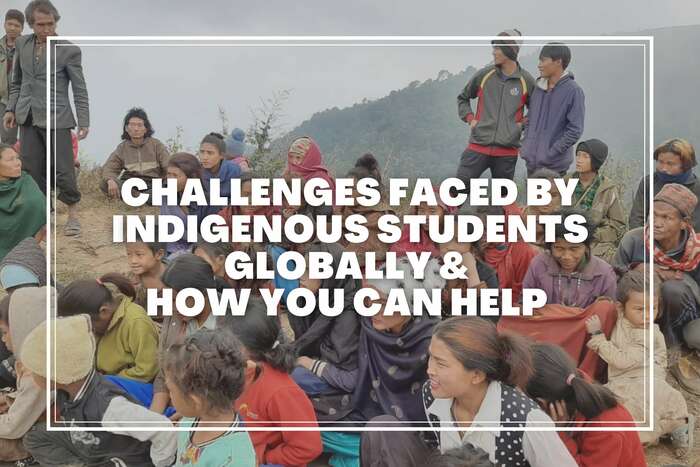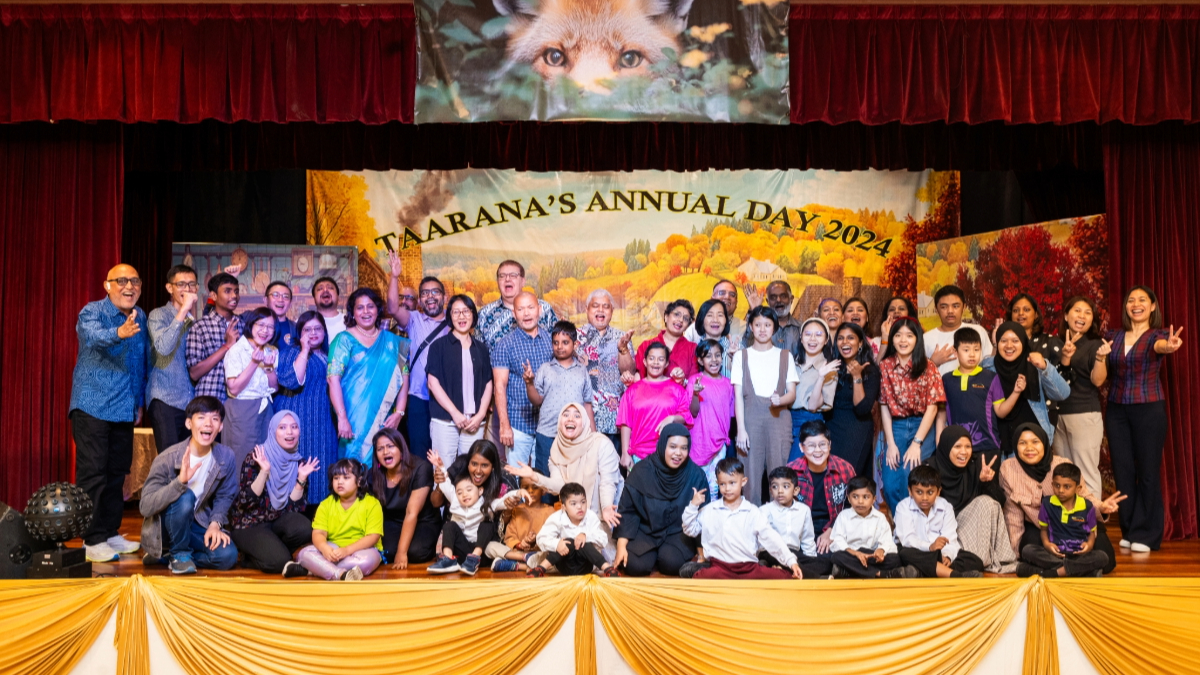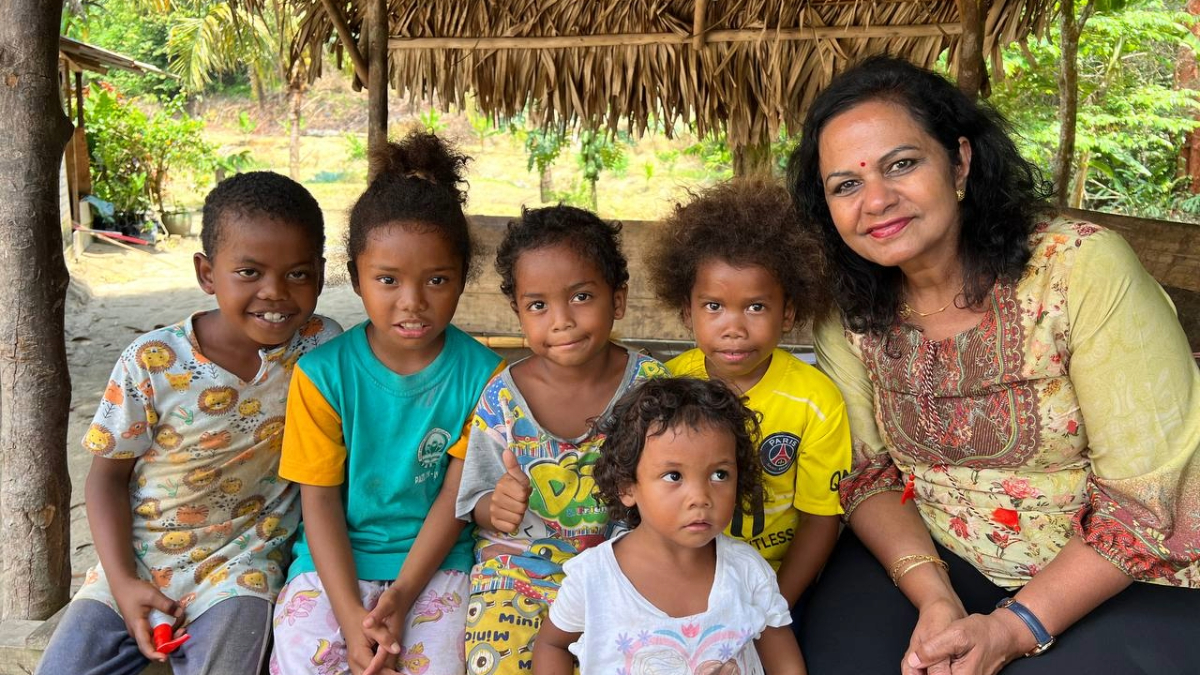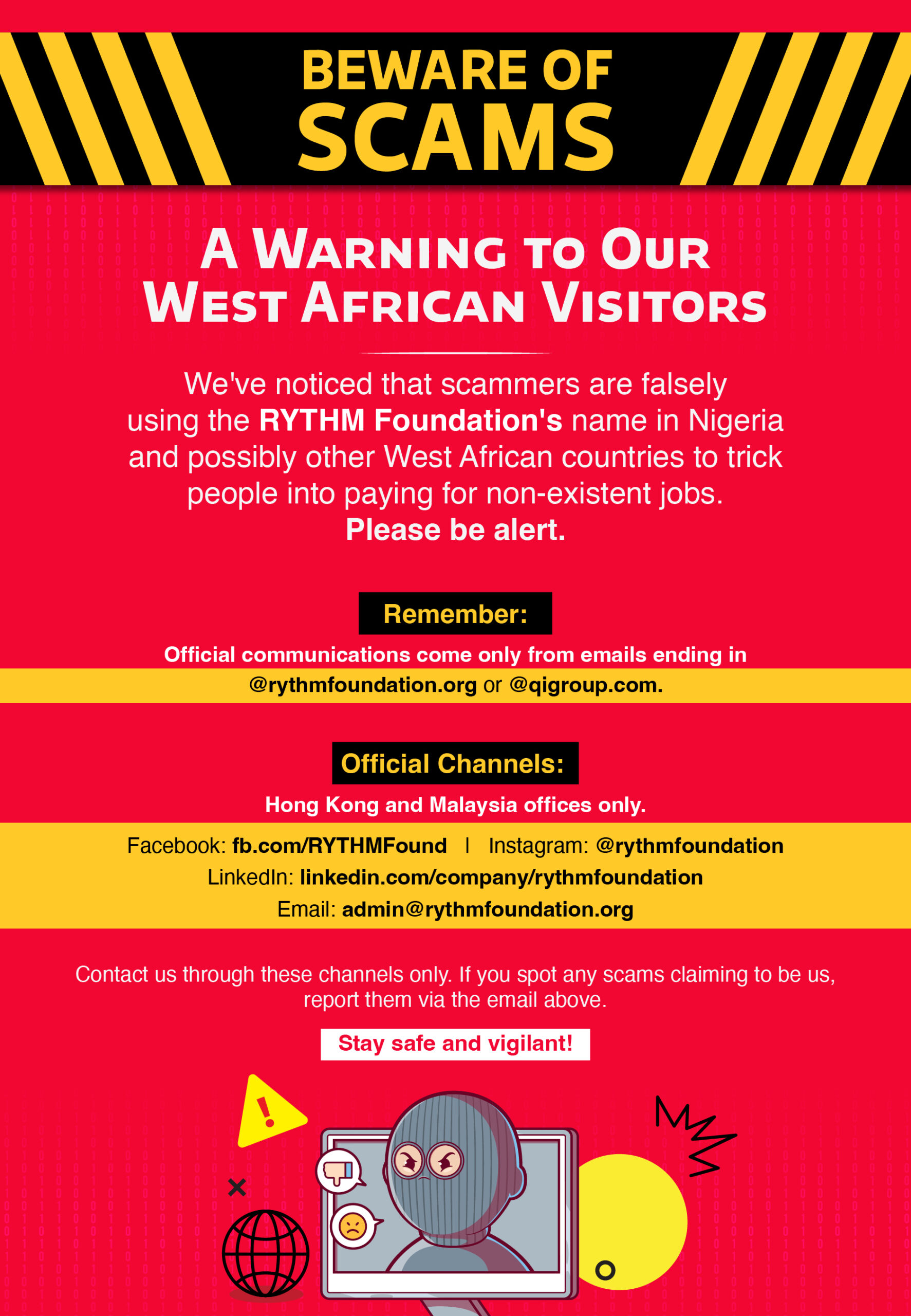The world’s Indigenous Peoples share ancestral ties to their lands, which are inextricably linked to their identities, cultures, livelihoods, and overall well-being. Yet, their connection to history is often not recognised, and they are excluded from mainstream society, where their voices often go unheard, even in issues concerning education and policymaking.
Although they make up 6% of the global population, the indigenous account for 19% of the extreme poor worldwide. Their life expectancy is also up to 20 years lower than their non-indigenous counterparts (World Bank). In addition, pervasive inequalities and their exclusion from society have made them more vulnerable to climate change, natural hazards, and disease outbreaks such as the COVID-19 pandemic.
Also read: 6 Things To Do On International Day Of The World’s Indigenous Peoples And Beyond
One crucial way to help preserve and protect them is by empowering the indigenous with education. However, these communities face many barriers to education. As most indigenous tribes live in remote areas deep within the lands, some of the most apparent initial obstacles include a lack of education infrastructure, transportation, network and internet connectivity, and financial resources for school and learning. However, there are deeper factors at play that must be addressed if we hope to uplift indigenous communities worldwide.
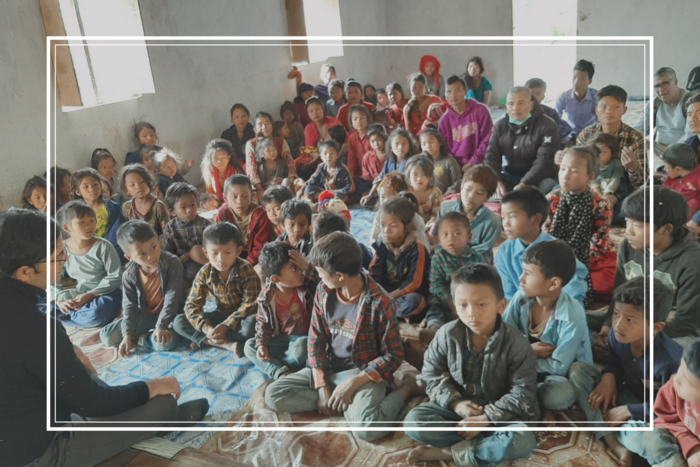
The devaluing of indigenous teachings. The indigenous often operate independently from mainstream society. As a result, many have developed their cultural teaching methods based on their natural world. However, these methods are not always valued or recognised by conventional society. As a result, indigenous students enrolled in schools are encouraged to embrace mainstream ways that often do not celebrate indigenous identity.
What you can do to help: Try to support indigenous education and organisations that preserve their cultures.
Institutionalised racism. One of the main barriers to education is built upon decades of negative perceptions surrounding the indigenous, which often leads people outside of the communities to see indigenous students as unable to succeed academically.
What you can do to help: Explicitly reject negative or stereotypical views about the Indigenous. Reframe how we think about indigenous education systems, valuing their methods and the potential of every individual to succeed.
Discouragement of celebrating indigenous languages and identities. Indigenous students in mainstream classes are discouraged from speaking their languages. However, studies have shown that students perform better in environments where they are comfortable with teachers who understand their languages and respect their cultures.
Indigenous people account for 90% of the world’s cultural diversity and speak more than 4,000 languages. However, estimates indicate that more than half of the world’s languages are at risk of becoming extinct by 2100 if we do not focus on preserving indigenous cultures and improving their living standards.
What you can do to help: Educate yourself about advocating for their right to education and support – volunteer with organisations that work with the indigenous to learn more about their cultures first-hand.
Read more: The Chepang: Supporting Nepal’s Marginalised Indigenous Group
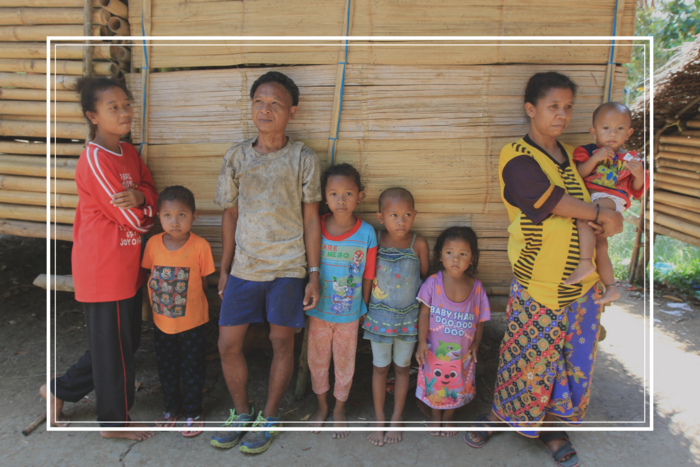
The distortion of history. Like how they are overlooked, the indigenous are absent from much of the world’s history in education systems worldwide. As a result, historical accounts involving them have been distorted from conventional society’s perspectives, presenting a skewed view of history, and preventing us from moving toward a better future together.
What you can do to help: Seek out responsible tellings of history – especially those told by indigenous communities.
Low enrolment and graduation rates. All the inequalities and barriers to education result in low enrolment and graduation rates from primary to secondary education. Few indigenous people ever make it to university or college, primarily due to the pervasive vicious cycle of poverty.
What you can do to help: Advocate and volunteer for education programmes that support the indigenous. Advocate for investment in equipping teachers to educate indigenous children through learning modules that embrace indigenous cultures.
Lack of connection to mainstream society. Introducing indigenous children to conventional schools which do not make accommodations for their cultural identity comes at the expense of their native connections. We must try to bridge this gap in knowledge and understanding of the indigenous communities by amplifying their voice and including them in policymaking decisions involving them.
What you can do to help: Diversify your source of news, education, and entertainment to listen to the voices of the indigenous.
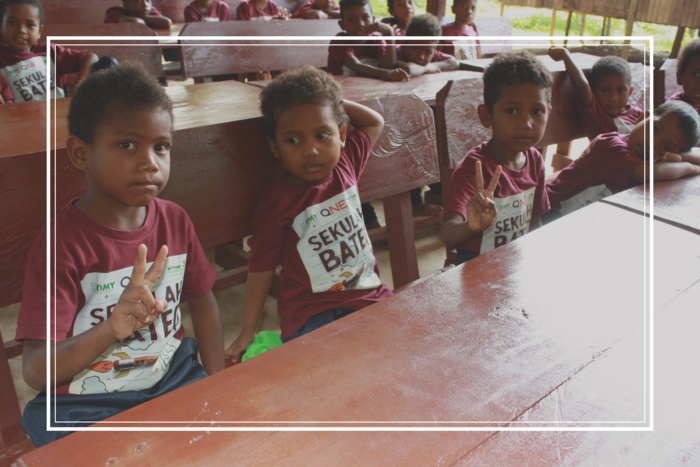
To promote awareness and action for the rights of 476 million Indigenous Peoples from over 90 countries (World Bank), the United Nations commemorates the International Day of the World’s Indigenous Peoples today, 9 August. The day acknowledges their struggles and celebrates their resilience in facing various social and economic challenges.
RYTHM Foundation is dedicated to improving access to education, resources, and opportunities for indigenous communities worldwide. Through our Community Adoption Programmes (CAP) and other initiatives, we aim to empower these communities to exercise and enjoy their economic, social, and cultural rights while continuing to raise awareness about the challenges they face and their significance to society.
Read more: Protecting the Tribal Populations of Kolli Hills
Last year, the Foundation selected three villages as the focus areas for its first CAP in Sabah, East Malaysia. The first phase of the three-year initiative focuses on two thrusts: delivering academic support to children and nurturing youth empowerment.
Find out more about CAP Sabah in the video below:
We hope for a more inclusive, sustainable, and resilient future that preserves the world’s indigenous cultural history. Let us do our part today.
